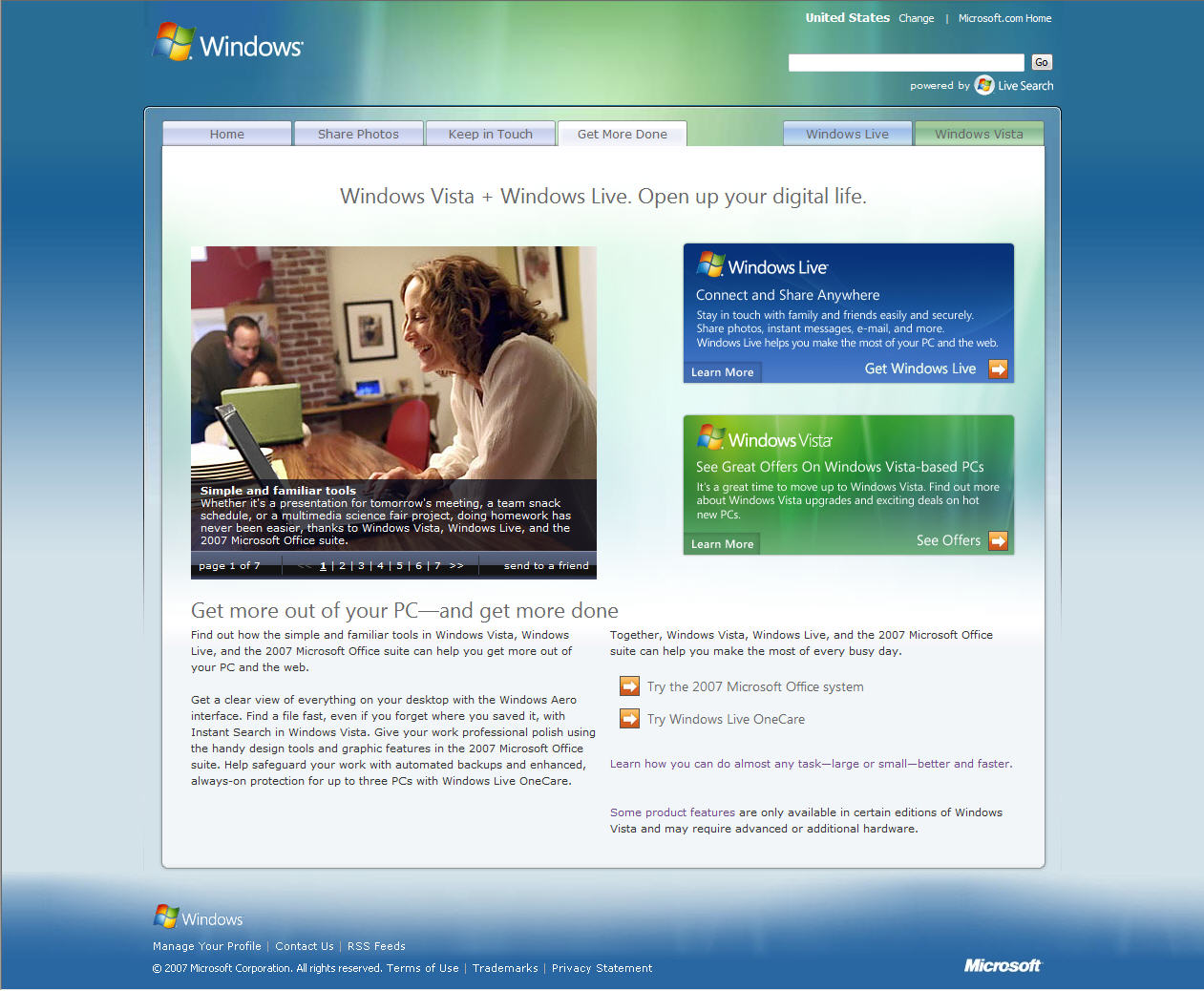Microsoft's Windows Live finally starting to come into its own

It has been more than two years since Microsoft Chief Software Architect Ray Ozzie first outlined officially Microsoft's "Live" strategy. But finally -- with the November 6 availability of the final version of a number of previously beta-only Windows Live services, Microsoft finally seems to be getting its Live house in order.

Until recently, Microsoft has floundered badly when trying to explain exactly what Windows Live is and how Live services and Live software complement Windows. Last year, the Windows Live team was unveiling new services at a breakneck pace, but doing nothing to put them in context or explain when/how Microsoft planned to take them final.
In the new Windows Live world order, the Windows Live taxonomy looks something like this: Windows Live Client Suite (single installer and updater; client-based software with a services extension)
- Windows Live Mail
- Windows Live Photo Gallery
- Windows Live Writer
- Windows Live Messenger
- Windows Live OneCare Family Safety
- Windows Live Toolbar
Windows Live Web Suite (service only)
- Live.com Home Page
- Windows Live Hotmail
- Windows Live Spaces
- Windows Live Calendar (which Microsoft is in the midst of rolling out to beta testers this week)
- Windows Live SkyDrive (a new beta version of which is rolling out starting this evening)
- Windows Live Events (a component of the Live Spaces social-networking/blogging platform)
Microsoft still has quite a way to go to make its Windows Live story truly intuitive and understandable by non-Microsoft-watchers. But compared to where the company was even a year ago, the Live team has come a long way.